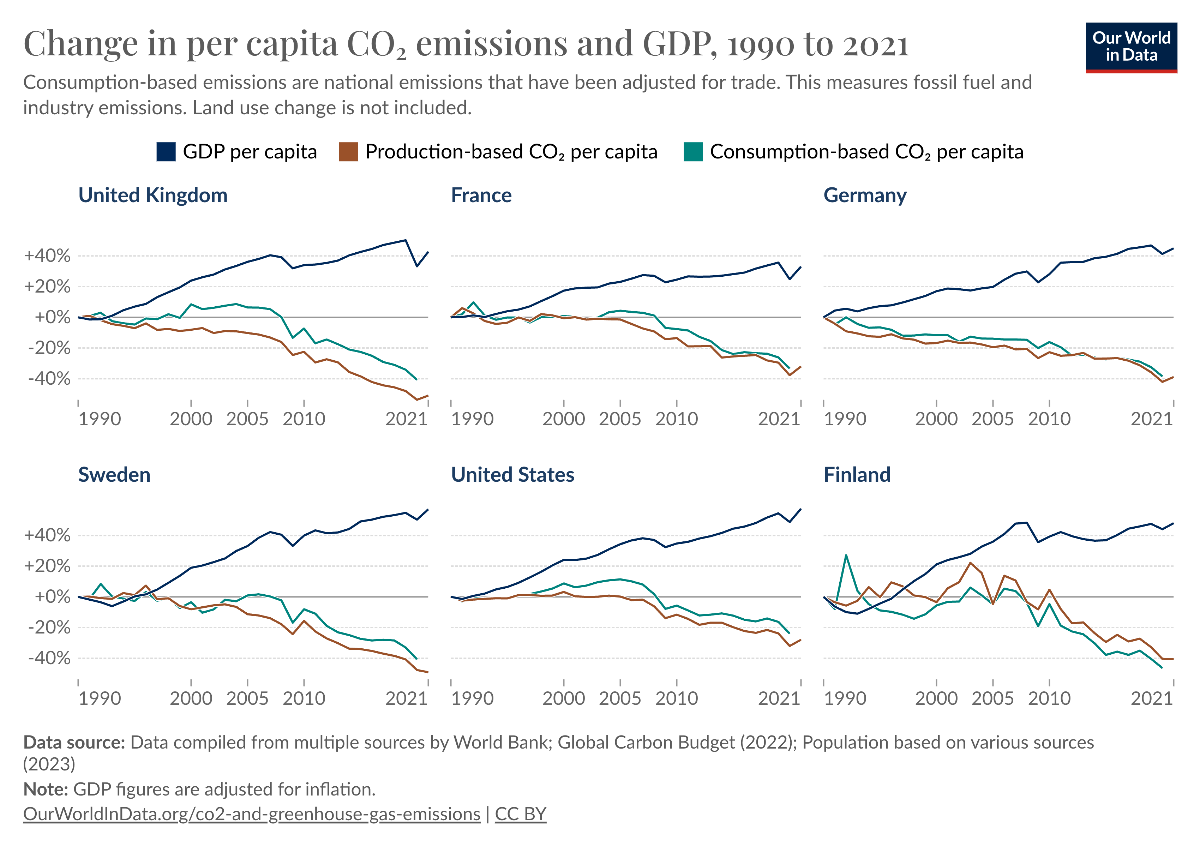COMUNICAÇÃO 2007…
Aloyzio Achutti – Médico.
Fazendo um retrospecto do ano que se extingue, salienta-se a importância da comunicação em nossas vidas. Comemoramos meio século da RBS e de nossa primeira rádio universitária do Brasil. Também foi noticiado o crescimento vertiginoso do uso da Internet em nosso meio e a inauguração da TV digital. Telefonia celular além de se incorporar no dia a dia do cidadão comum, tem se revelado eficiente meio de comunicação capaz de atravessar muros de presídios e, do outro lado, excelente espião para vigilância policial. Completaram dez anos a rede AMICOR (comunicando principalmente cardiologistas a partir de nossa cidade), e sua assemelhada Pro-COR, sediada em Boston. Sem limites geográficos, revistas científicas, enciclopédias, bibliotecas, bancos de dados, fóruns de discussão, congressos virtuais, todo o tipo de notícias, fotos, vídeos, bancos, comércio e correio eletrônicos, tudo vai ficando ao alcance de quase todo o mundo...
A salvaguarda da privacidade deve ter algum sentido, mas, ao mesmo tempo, somos dotados de múltiplos instrumentos sensoriais com potencialidade de romper nosso isolamento individual em busca da comunicação. É bem provável que as conquistas humanas estejam baseadas primordialmente nessa faculdade de colocar cérebros em rede – agora com as facilidades tecnológicas - resultando em muito mais do que a simples soma da potencialidade de cada um. Na medida em que conhecimento e afeto se comunicam também se potencializam, se diversificam e deveriam se purificar.
Par a par com muita coisa boa, não se pode mais fugir do submundo da violência, das guerras, do terrorismo, dos seqüestros, dos atentados, dos homens bomba, das catástrofes, das drogas, do crime, da corrupção, da mentira, da pornografia, da propaganda enganosa, do populismo político, das máfias, do proselitismo religioso.
Pergunta-se: o mundo piorou, ou a facilidade da comunicação está nos desvendando o lado negro da alma humana, até bem pouco somente livre para operar na sombra da clandestinidade? É provável que ambas as explicações sejam válidas.
É inadmissível e altamente comprometedora a desculpa do “eu não sabia de nada”. Embora a mídia esteja progressivamente assumindo funções de controle social, não se dispensa a responsabilidade de governo no desempenho de seu papel de ofício.
Não se pode também banalizar a sem-vergonhice, os desmandos e a violência, adotando-os como norma ou como moda aceitável, recebendo a informação dos desvios de comportamento como propaganda ética e politicamente aceitável, assim como se fazia até bem pouco tempo com o cigarro e ainda se faz hoje com a cerveja, o comportamento de risco, o consumismo e a velocidade sem limites.
Embora ainda se discuta sobre a globalização econômica e cultural - como se pode observar de ano para ano - a universalização da comunicação é irreversível, e deverá influir não só na conduta de cada cidadão, como na organização social e na estrutura e política dos governos.

%2015.19.37_41926935.jpg)
%2021.06.00_27bd5f4a.jpg)


















No comments:
Post a Comment